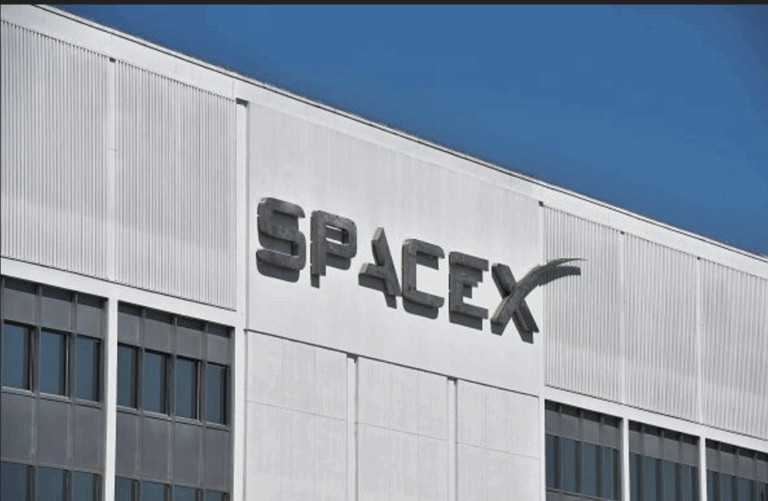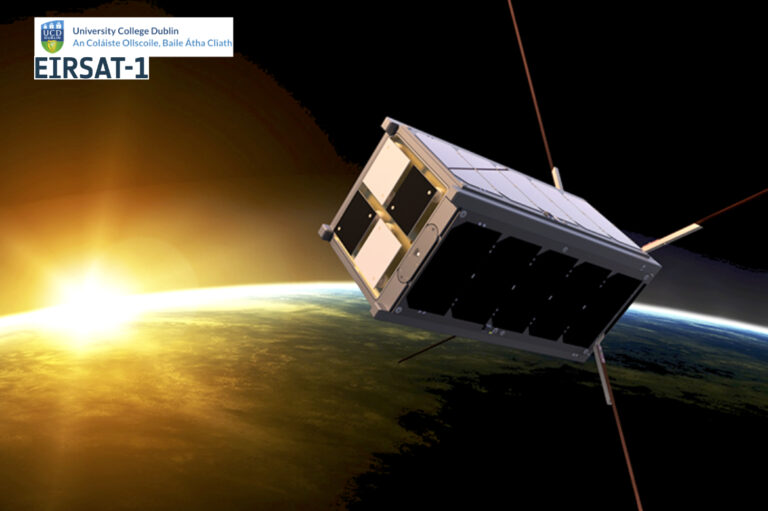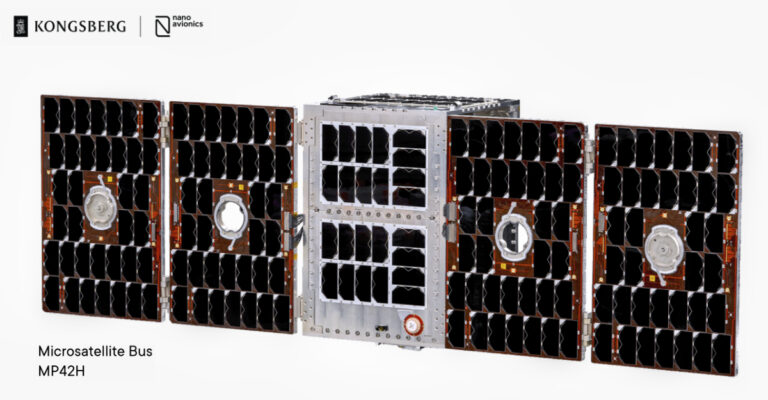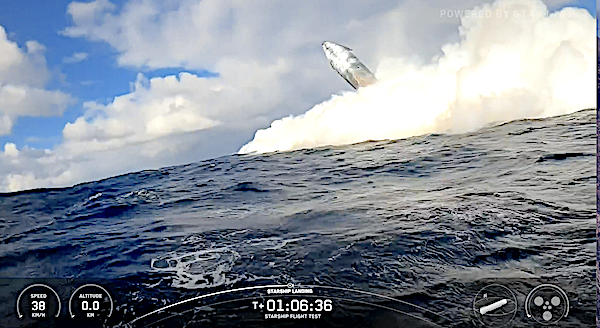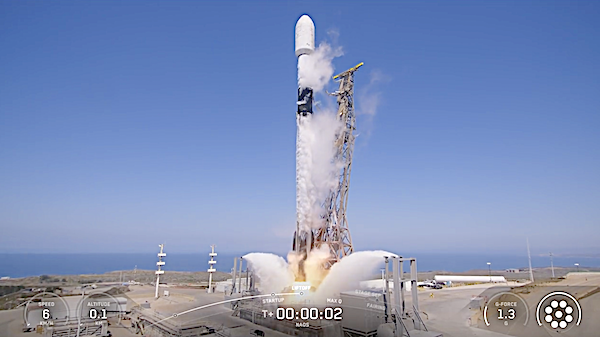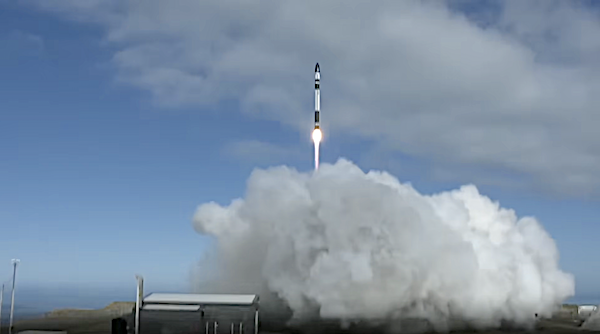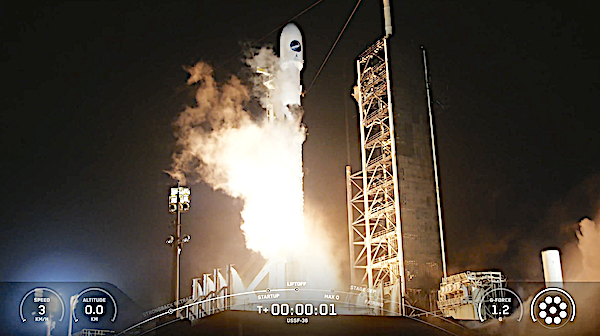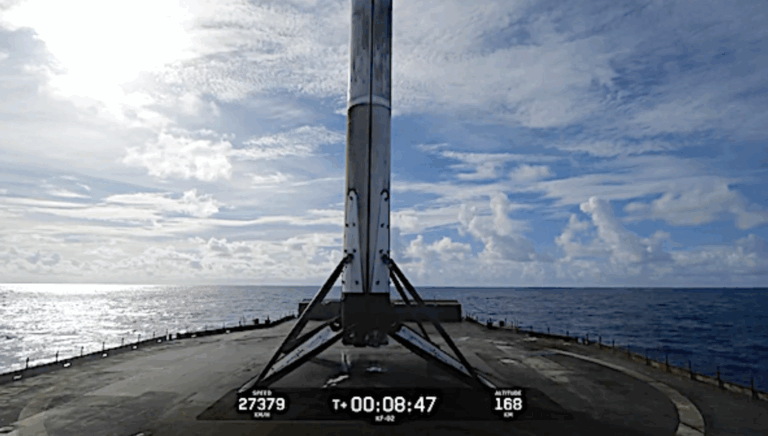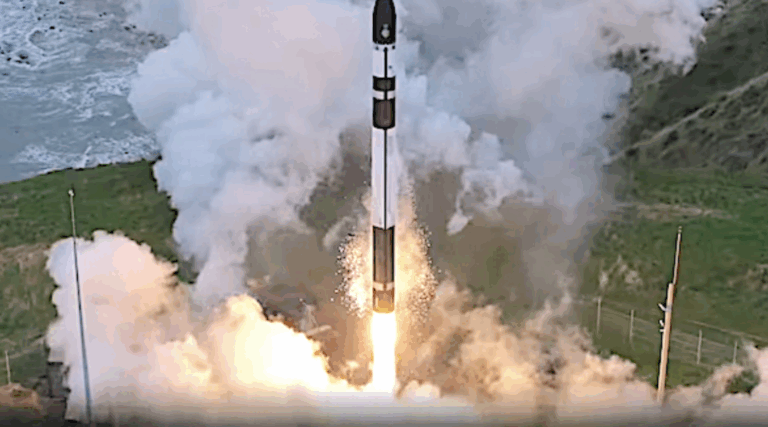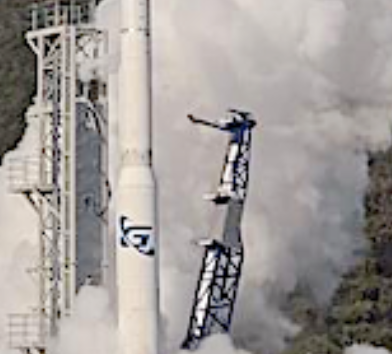FEATURED
The best of SatNews—essential reads, standout reporting, and hand-picked stories worth your time.
SpaceX finally launches Indonesia’s Nusantara Lima mission on 9/11 from the Cape
The weather at the Cape in Florida finally cooperated after three unsuccessful scrubs as SpaceX's Falcon 9 on Thursday, September 11 launched the Nusantara Lima mission to geosynchronous transfer orbit from Space Launch Complex 40 (SLC-40) at Cape Canaveral Space ...
SpaceX launches Space Development Agency’s top secret Tranche 1 mission on Wednesday from California
On Wednesday, September 10 at 7:12 a.m. PT the Falcon 9 launched the Space Development Agency’s (SDA) first Tranche 1 mission to low-Earth orbit from Space Launch Complex 4 East (SLC-4E) at Vandenberg Space Force Base in California. Photos captured ...
Forrester’s Digest: EchoStar sells spectrum to SpaceX; quits LEO plan
It seems that Charlie Ergen and EchoStar have decided to trim — if not exit — the satellite direct-to-consumer market. It is selling its AWS-4 and H-Block licenses (c. 50MHz of spectrum) to SpaceX for $17 billion (€14.5bn), with up ...
One giant leap for Irish spaceflight—EIRSAT-1
Artistic rendition of EIRSAT-1 courtesy of University College Dublin, Ireland EIRSAT-1, developed by a team of students and staff at University College Dublin through ESA’s Fly Your Satellite! program, has made history as Ireland’s first satellite. Technicians at work building ...
Thales Alenia Space selects NanoAvionics for ESA-led urban heat monitoring constellation study
Kongsberg NanoAvionics (NanoAvionics) has been selected by Thales Alenia Space to join a consortium studying the European Space Agency’s (ESA) FutureEO program mission, SIRIUS (Space Based Infra-Red Imager for Urban Sustainability). NanoAvionics will contribute its small satellite expertise, including the ...
SpaceX Starship 10 test run proves successful concluding with Starship landing “flat down in the Indian Ocean”
Starship’s tenth flight test lifted off on August 26, 2025, at 6:30 p.m. CT from Starbase, Texas, taking a significant step forward in developing the world’s first fully reusable launch vehicle.The results were a significant step forward as every major ...
SpaceX launches NAOS an EO spacecraft for Luxembourg + smallsats from sunny California
SpaceX's Falcon 9 launched a new Earth-observation satellite along with several smaller spacecraft from California on Tuesday (Aug. 26). Photos captured by Satnews. NAOS (National Advanced Optical System) is the space component of Luxembourg's governmental dual-use observation satellite system LUXEOSys ...
Rocket Lab’s Electron’s 70th mission sends “Live, Laugh, Launch,” soaring
Rocket Lab Corporation (Nasdaq: RKLB), a provider in launch services and space systems, successfully launched its 70th Electron mission, solidifying the Company as a global leader in responsive launch services and Electron as the world’s most frequently launched small orbital ...
SpaceX sends USSF-37 mission X-37B Orbital Test Vehicle soaring from the Cape on Thursday
SpaceX's Falcon 9 on Thursday, August 21 at 11:50 p.m. ET launched the USSF-36 mission to orbit from Launch Complex 39A (LC-39A) at NASA’s Kennedy Space Center in Florida. Photos captured by Satnews. "OTV-8 exemplifies the X-37B's status as the ...
U.S. Space Force’s L3Harris-built NTS-3 satellite successfully launches
The L3Harris-built (NYSE: LHX) advanced Navigation Technology Satellite-3 (NTS-3) has successfully launched from Cape Canaveral Space Force Station on a United Launch Alliance (ULA) Vulcan rocket. NTS-3 is the Department of Defense’s first experimental navigation satellite system in nearly 50 ...
Arianespace’s Ariane 6 successfully launches Metop-SGA1 weather satellite “This is the beginning of an exciting new chapter”
On August 12, 2025 at 9:37 p.m. local time in Kourou, French Guiana (00:37 a.m. UTC, 2:37 a.m. CEST, on August 13), Ariane 6 lifted off from Europe's Spaceport carrying EUMETSAT's Metop-SGA1 satellite. With this second commercial flight, Ariane 6, ...
ULA, GO Vulcan! GO Centaur! GO USSF-106! and they did!
ULA's recap: The United launch Alliance rocket departed Space Launch Complex-41 on Tuesday night at 8:56 p.m. EDT. The GEM 63XL solid rocket boosters burned for approximately 90 seconds and then separated, The methane-fueled first stage performed for five minutes ...
SpaceX delivers for Amazon, with launch of Project Kuiper’s smallsat KF-02 Mission
After the fourth delay due to weather, on Monday, August 11 at 8:35 a.m. ET, Falcon 9 launched the KF-02 mission to orbit from Space Launch Complex 40 (SLC-40) at Cape Canaveral Space Force Station in Florida. This is the ...
RTX’s Blue Canyon Technologies announces new + larger spacecraft
Blue Canyon Technologies recently unveiled the firm's latest spacecraft bus, the Saturn-400. This new, larger satellite offers flexibility and reliability to help customers achieve their mission objectives more effectively. Additional smallsats available from the company The Saturn-400 spacecraft offers increased ...
Rocket Lab’s successful launch from New Zealand of iQPS’ ‘The Harvest Goddess Thrives’
Rocket Lab Corporation (Nasdaq: RKLB) , a provider of launch services and space systems, today successfully launched its 69th Electron mission and deployed the latest satellite to orbit for Institute for Q-shu Pioneers of Space, Inc. (iQPS) — Rocket Lab’s ...
Godspeed as SpaceX’s Dragon transports NASA’s Crew-11 astronauts on mission to the ISS
On Friday, August 1 at 11:43 a.m. ET, Falcon 9 launched Dragon’s 11th operational human spaceflight mission (Crew-11) to the International Space Station from Launch Complex 39A (LC-39A) at NASA’s Kennedy Space Center in Florida. Following stage separation, Falcon 9’s ...
Gilmour Space Technologies’ giant leap for Australia’s space capability with successful first test launch of Eris rocket
Gilmour Space Technologies has completed the maiden test launch of Australia's first locally designed and built orbital rocket — a major milestone toward offering low-cost, responsive launch services for small satellites globally. The 23-meter, 30-tonne Eris rocket, powered by new ...
MicroCarb launched
The launch of the MicroCarb satellite from Korou, French Guiana, by Arianespace. The scientific mission, MicroCarb, led by the French space Agency CNES, was successfully launched from Europe’s Spaceport in Kourou, French Guiana. Artistic rendition of MicroCarb on-orbit MicroCarb is ...
SpaceX launches NASA’s TRACERS mission Wednesday from California
On a clear beautiful Wednesday, July 23 at 11:13 a.m. PT, Falcon 9 launched NASA’s TRACERS mission to orbit from Space Launch Complex 4 East (SLC-4E) at Vandenberg Space Force Base in California. Also on board this mission were SEOPS’ ...
York Space Systems’ parent company to acquire ATLAS Space Operations
York Space Systems has agreed to acquire ATLAS Space Operations—this move brings York a powerful, software-led, ground architecture that simplifies operations, removes integration barriers, and enhances space-to-ground resilience—accelerating York's ability to deliver secure, mission-ready space systems at unmatched speed and ...



